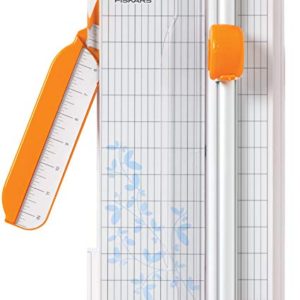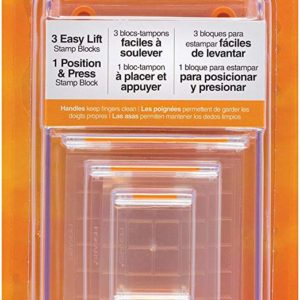Description
I use a variety of white cardstock for both card bases and layering panels. I mainly buy white because I can always ink it up to be whatever color I need. However, I’ve recently started adding kraft, black, ivory and grey in smaller quantities.
There are a few paper weights you want to consider:
- 100-120 lb cover (270-325 gsm) – I use this for all my card bases. You want your card base to be sturdy. It makes a card feel luxurious, and you sometimes need that sturdiness when you’re doing different cuts, folds or cutouts.
- 80 lb cover (216 gsm) – This is the most used paper weight I have. It can be used for layering but it can also be used as a card base if you’re adding many layers and don’t want the extra bulk.
- 60-70 lb cover (160-190 gsm) – This is good if you’re adding multiple layers to a single card.
If you watch other card makers on YouTube, you’ll hear them mention Neenah Solar White cardstock a lot. It might be expensive but the quality is fantastic. For my own budget, I don’t use it exclusively though. My recommendation is if you are layering, buy the cheaper 80 lb cover Neenah Cardstock. It’s better as a finishing layer if you’re inking or stamping on it. You can use any brand heavyweight cardstock for your base if it’s just going to get covered up.
Personally, I really like the Hammermill color copy cardstock. It’s super smooth and very white. I’d say it’s on par with Neenah but much more cost effective. The other brand I use a lot is Accent Opaque. I use their 120 lb cover for my card base especially if it’s just going to get covered up. I use their 65 lb cover or 80 lb cover for layering panels. It does have more “tooth” if you need that.
I admit I’m a frugal crafter (cardmaking is still just a hobby and not a career afterall), but being frugal doesn’t mean always going with the cheapest. I try to be smart about where I spend my money. Since paper is the biggest consumable in card making, I go through a lot of it. I like reserving my Neenah paper for when I’m inking an entire scene that’s going to be a major design element of the card. It’s best to use the paper that takes coloring (e.g. alcohol markers, ink, etc.) really well if it’s going to the focal point of your card.




